Dermabrasion Therapeutic Cheat Sheet
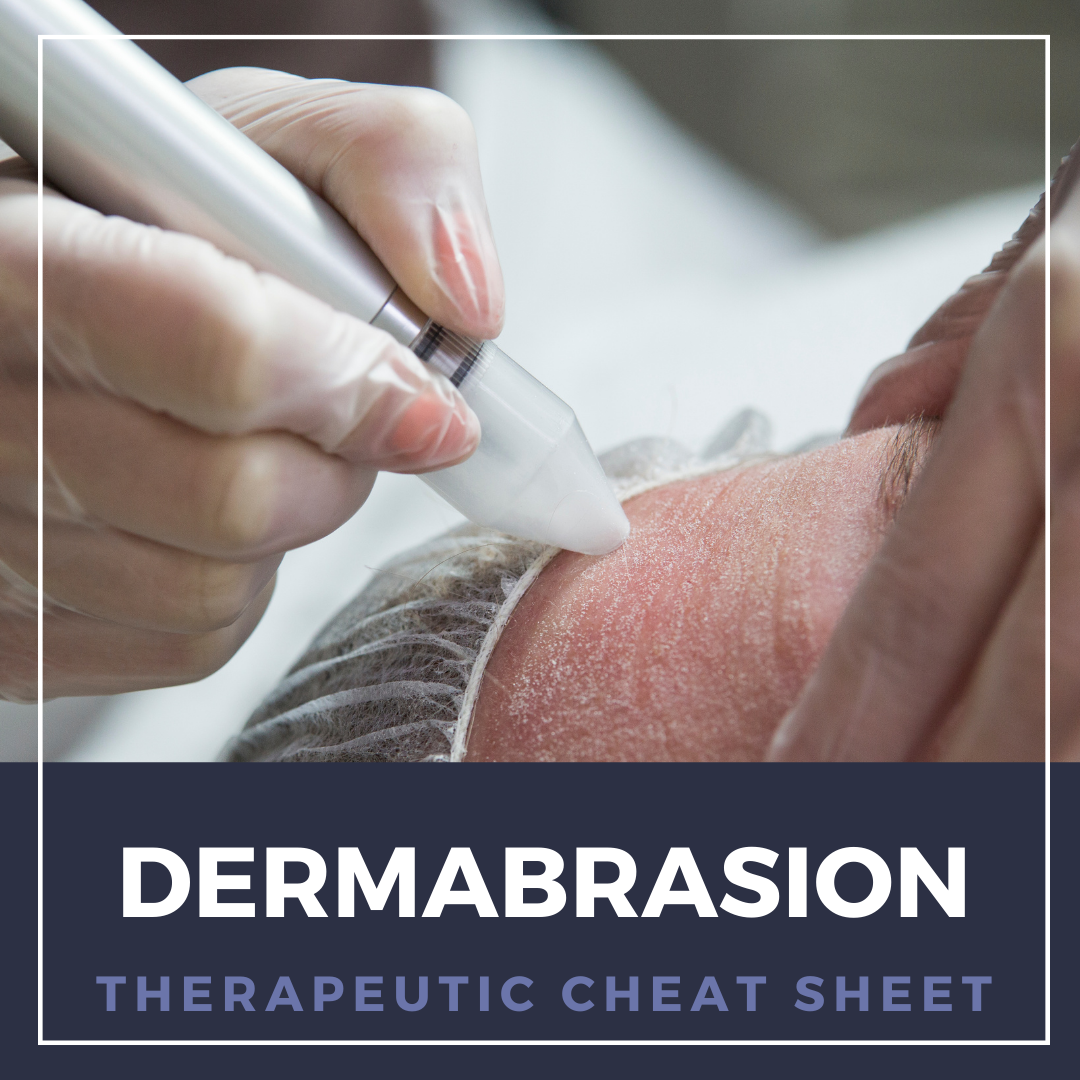 At its core, dermabrasion is the application of an abrasive surface to the skin with the goal of inciting cutaneous injury to subsequently induce a healing response. This relationship is utilized in dermabrasion to promote improved complexion, contour, and appearance of the skin in the treatment of acne scarring, surgical scarring, destruction of benign cutaneous lesions, as well as a secondary re …
At its core, dermabrasion is the application of an abrasive surface to the skin with the goal of inciting cutaneous injury to subsequently induce a healing response. This relationship is utilized in dermabrasion to promote improved complexion, contour, and appearance of the skin in the treatment of acne scarring, surgical scarring, destruction of benign cutaneous lesions, as well as a secondary re …
 At its core, dermabrasion is the application of an abrasive surface to the skin with the goal of inciting cutaneous injury to subsequently induce a healing response. This relationship is utilized in dermabrasion to promote improved complexion, contour, and appearance of the skin in the treatment of acne scarring, surgical scarring, destruction of benign cutaneous lesions, as well as a secondary re …
At its core, dermabrasion is the application of an abrasive surface to the skin with the goal of inciting cutaneous injury to subsequently induce a healing response. This relationship is utilized in dermabrasion to promote improved complexion, contour, and appearance of the skin in the treatment of acne scarring, surgical scarring, destruction of benign cutaneous lesions, as well as a secondary re … 

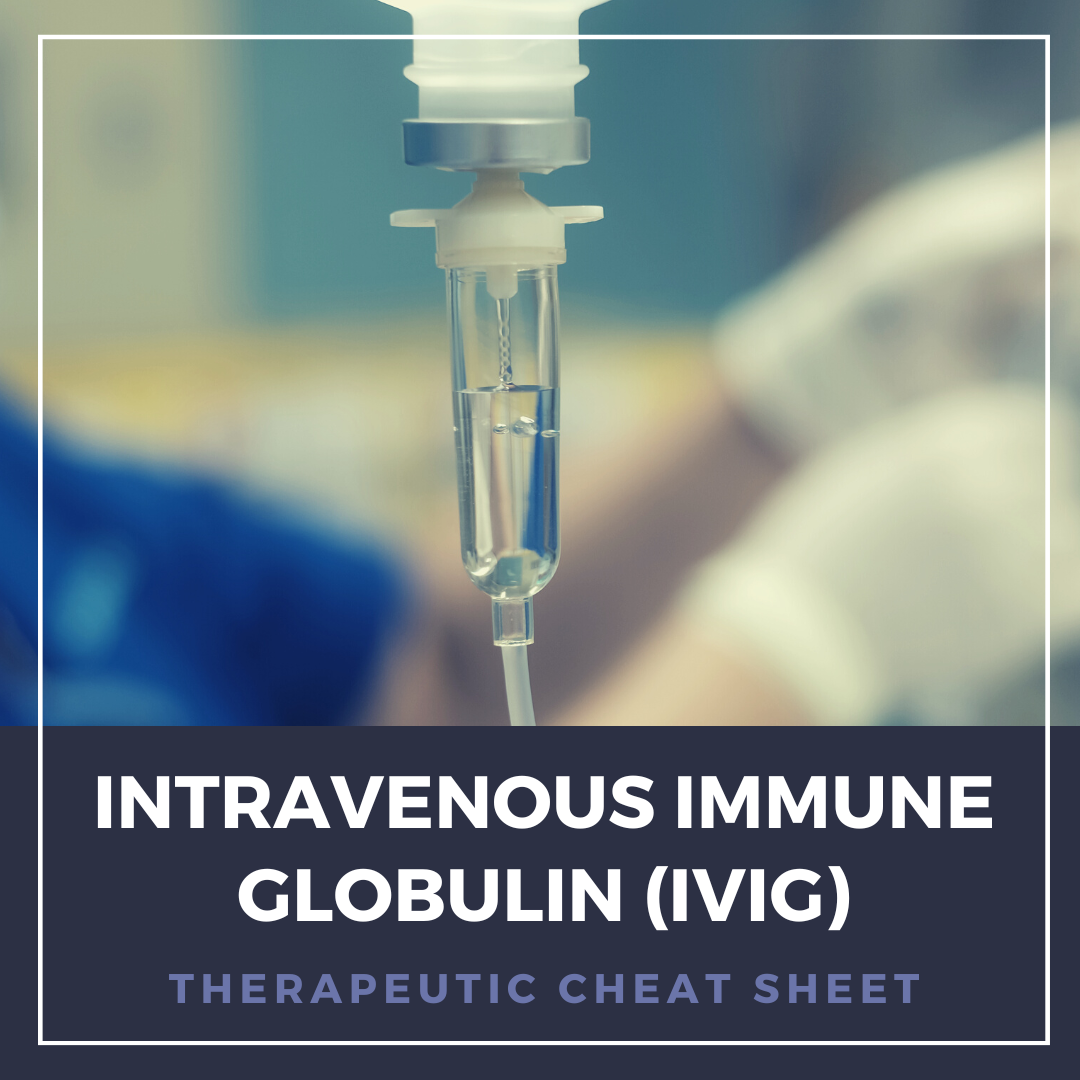 Intravenous immune globulin (IVIG) is a concentrate of pooled immunoglobulins derived from plasma donors. Its unique mechanism of action expands the utility of the medication to a variety of conditions. We continue our series, Therapeutic Cheat Sheet, with a closer look at IVIG, which is FDA-approved for the treatment of dermatologic conditions including dermatomyositis, Kawasaki disease, ITP, and …
Intravenous immune globulin (IVIG) is a concentrate of pooled immunoglobulins derived from plasma donors. Its unique mechanism of action expands the utility of the medication to a variety of conditions. We continue our series, Therapeutic Cheat Sheet, with a closer look at IVIG, which is FDA-approved for the treatment of dermatologic conditions including dermatomyositis, Kawasaki disease, ITP, and … 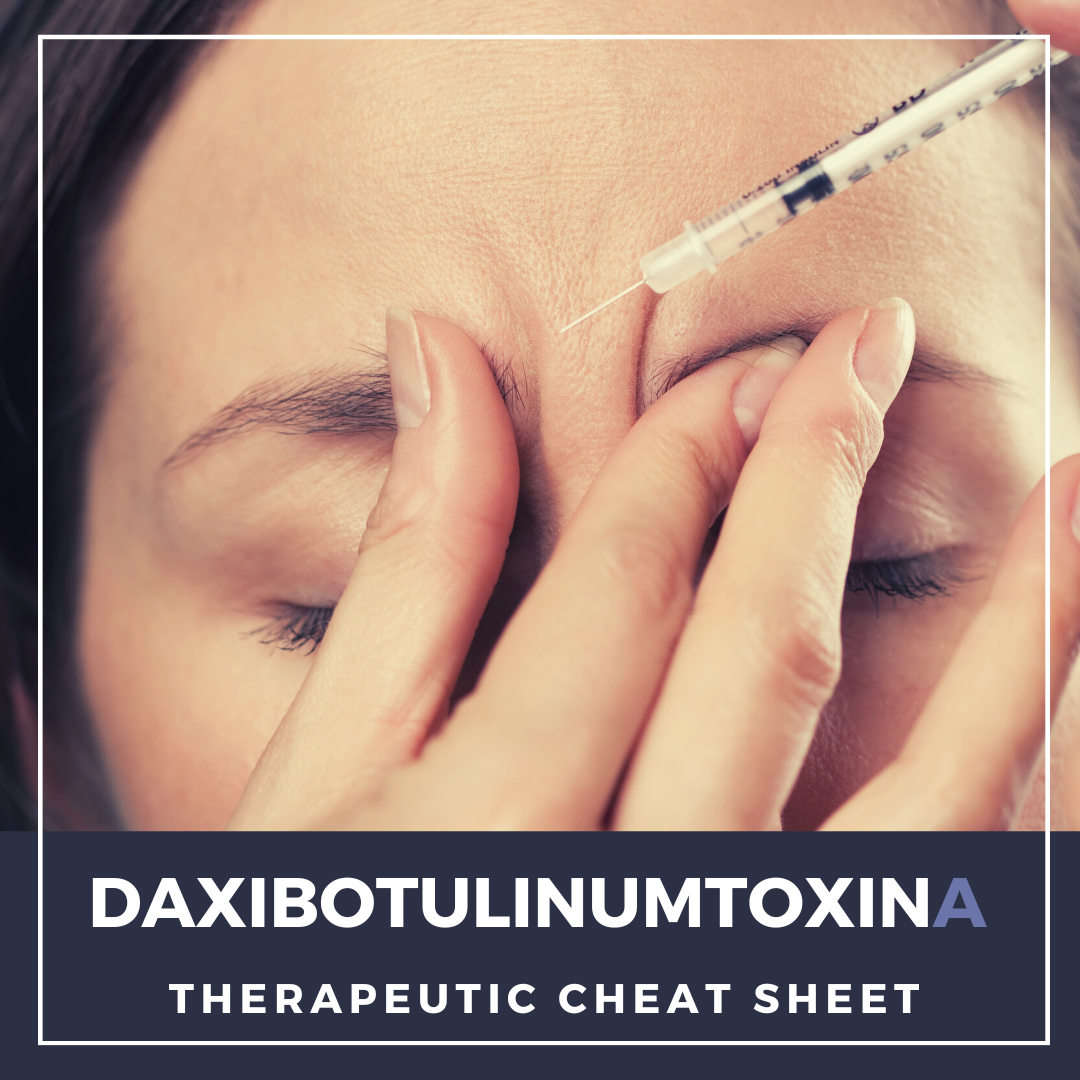 Neurotoxins are the mainstay for multiple aesthetic and medical treatments. They are safe and effective treatment for rhytides, but are also temporary, requiring repeat injections about every 3-4 months.1,2 Now, a recently approved formulation of neurotoxin is fulfilling some patient’s desire for a longer lasting effect. Injection of daxibotulinumtoxinA is FDA-approved for treatment of moderate …
Neurotoxins are the mainstay for multiple aesthetic and medical treatments. They are safe and effective treatment for rhytides, but are also temporary, requiring repeat injections about every 3-4 months.1,2 Now, a recently approved formulation of neurotoxin is fulfilling some patient’s desire for a longer lasting effect. Injection of daxibotulinumtoxinA is FDA-approved for treatment of moderate … 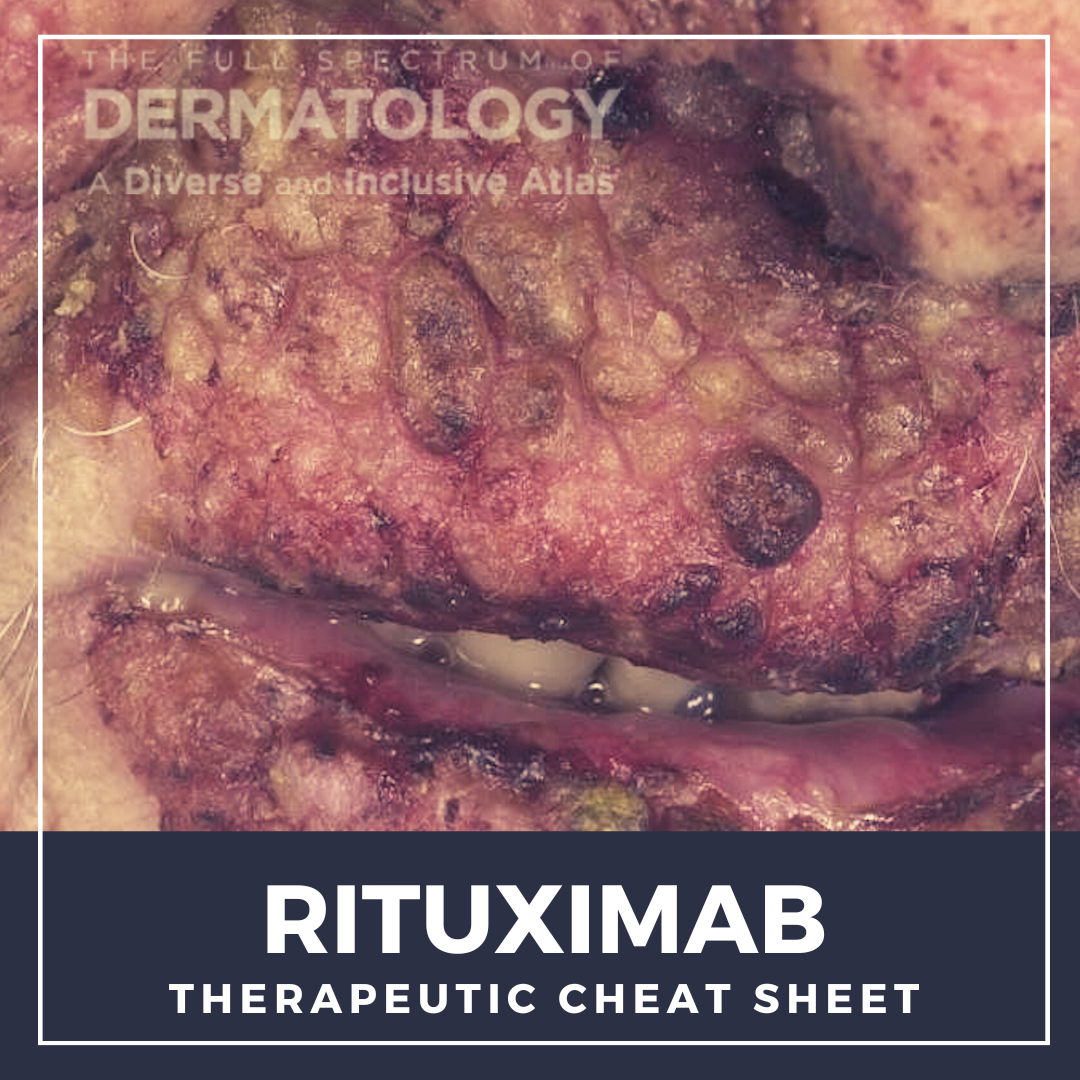 Rituximab was the first monoclonal antibody approved for cancer treatment and now in dermatology, this medication has been life-altering for patients with the severe, autoimmune blistering disease, pemphigus vulgaris. We continue our series, Therapeutic Cheat Sheet, with a closer look at rituximab, which is FDA-approved for the treatment of pemphigus vulgaris, and is also used off label for other …
Rituximab was the first monoclonal antibody approved for cancer treatment and now in dermatology, this medication has been life-altering for patients with the severe, autoimmune blistering disease, pemphigus vulgaris. We continue our series, Therapeutic Cheat Sheet, with a closer look at rituximab, which is FDA-approved for the treatment of pemphigus vulgaris, and is also used off label for other … 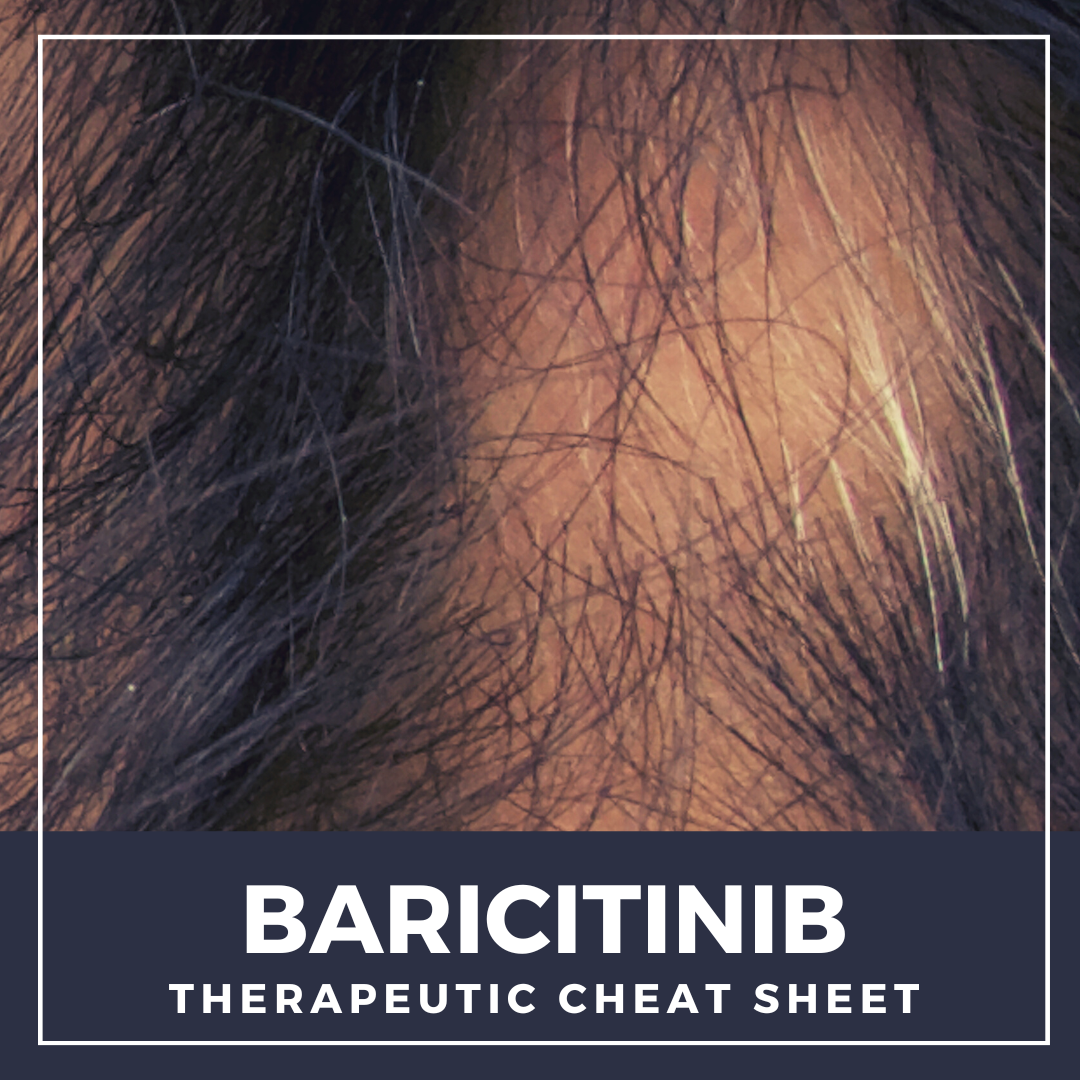 Baricitinib (Olumiant®) is a once daily oral medication recently FDA approved for severe alopecia areata, which is defined as having a Severity of Alopecia Tool (SALT) score of 50 or higher.1 JAK inhibitors are a relatively new class of drug demonstrating efficacy and safety in a range of inflammatory skin disorders. Emerging studies have highlighted baricitinib’s effectiveness for conditions l …
Baricitinib (Olumiant®) is a once daily oral medication recently FDA approved for severe alopecia areata, which is defined as having a Severity of Alopecia Tool (SALT) score of 50 or higher.1 JAK inhibitors are a relatively new class of drug demonstrating efficacy and safety in a range of inflammatory skin disorders. Emerging studies have highlighted baricitinib’s effectiveness for conditions l …